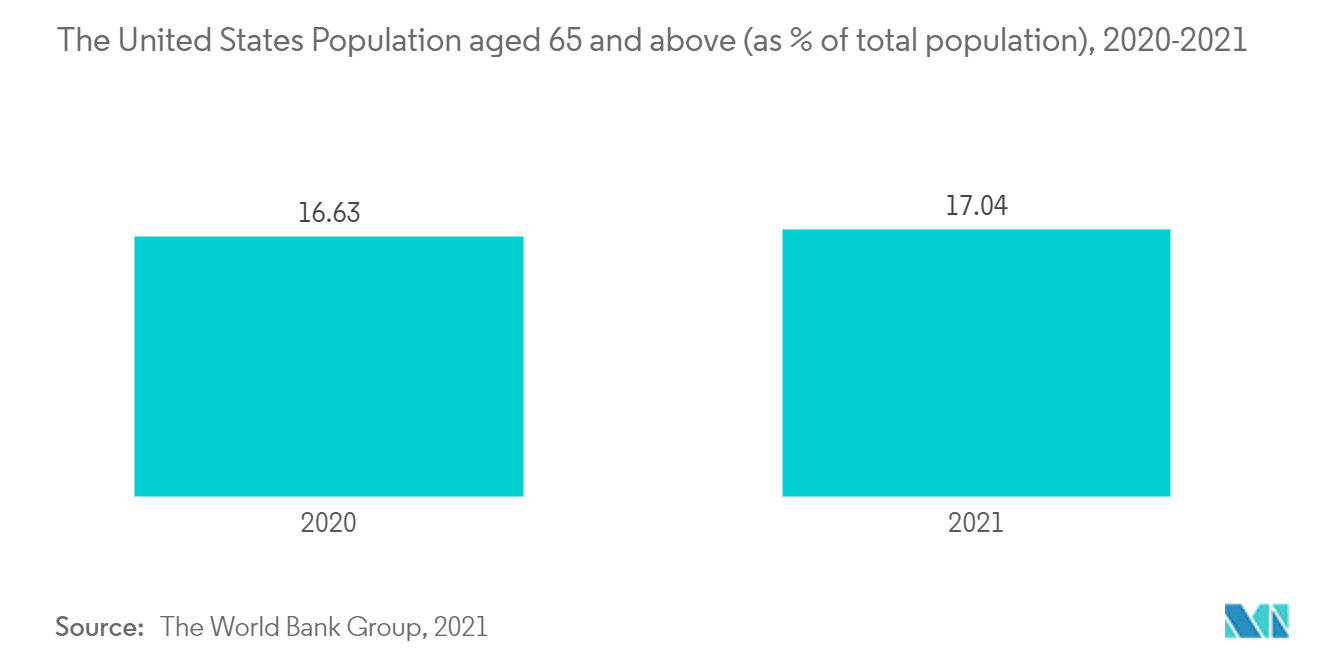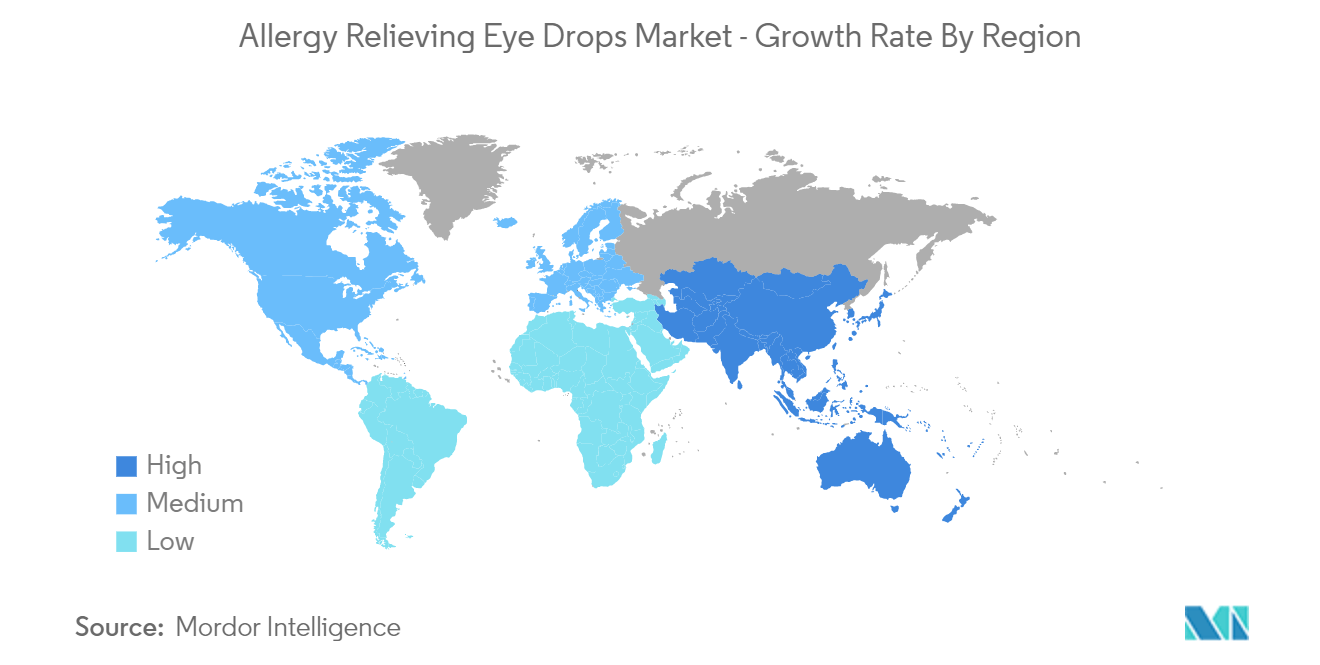Market Trends of Allergy Relieving Eye Drops Industry
This section covers the major market trends shaping the Allergy Relieving Eye Drops Market according to our research experts:
Antihistamines are Expected to Register a High Growth Rate Over the Forecast Period
Antihistamines are found to block histamine release from histamine-1 receptors and treat the symptoms of an allergic reaction, such as edema (swelling), itch, inflammation (redness), and watery eyes. Published Eye edema is commonly caused by unhealthy cornea before surgery. According to an article by WebMD LLC. on January 2022, antihistamines help reduce or block histamines, stopping allergy symptoms. The antihistamines work well to relieve symptoms of different allergies, including seasonal (hay fever), indoor, and food allergies. According to an article published by BMJ in April 2022, a cross-sectional study was performed, which showed that the prevalence of Diabetic macular edema (DME) among the patients was found to be very high.
Subsequently, any procedure within the eye (such as cataract, glaucoma, or retinal surgery) can cause the cornea to fail and develop edema. Therefore antihistamines effectively treat edema, and the market is expected to increase over the forecast period.
Furthermore, critical developments in the market are positively affecting the segment's growth. For instance, in February 2021, Bausch + Lomb, a leading global eye health business of Bausch Health Companies Inc., announced the United States launch of Alaway Preservative Free (ketotifen fumarate ophthalmic solution 0.035%) antihistamine eye drops, which is the first and only over-the-counter (OTC) preservative-free antihistamine eye itch relief drop approved by FDA.
Therefore, the antihistamines segment is expected to witness a high growth rate over the forecast period due to the abovementioned factors.

North America is Dominating the Allergy Relieving Eye Drops Market
North America is dominating the market owing to factors such as the rising geriatric population, easy availability of products, and high awareness among patients about allergy care in the region. North America includes the United States (US), Canada, and Mexico. The United States and Canada have developed healthcare systems and also spend huge amounts in research and development for the same. Therefore, as a result, most of the global treatments are available in this region.
According to the data by CDC in June 2020, an estimated 12 million people 40 years and over in the United States have vision impairment, including 1 million who are blind, 3 million who have vision impairment after correction, and 8 million who have vision impairment due to uncorrected refractive error. Hence, with the rising prevalence of eye disorders in the United States, the adoption of allergy relieving eye drops is also expected to increase during the forecast period.
Furthermore, key developments in the market are positively affecting the growth of the segment. For instance, in September 2020, the United States FDA approved an over-the-counter preservative-free eye drop for itchy eyes due to certain eye allergies, according to a Bausch Health press release, Alaway preservative-free (ketotifen fumarate) ophthalmic solution 0.035% antihistamine eye drops are approved to relieve itchy eyes caused by pollen, ragweed, grass, animal hair, and dander.
Therefore, owing to the aforesaid factors the growth of the studied market is anticipated in the North America Region.

